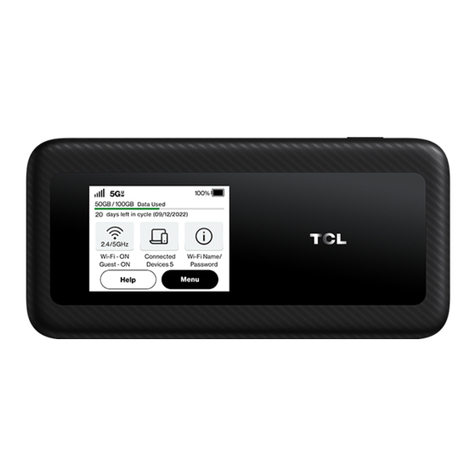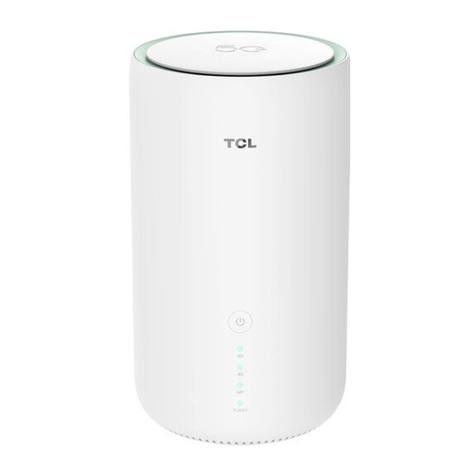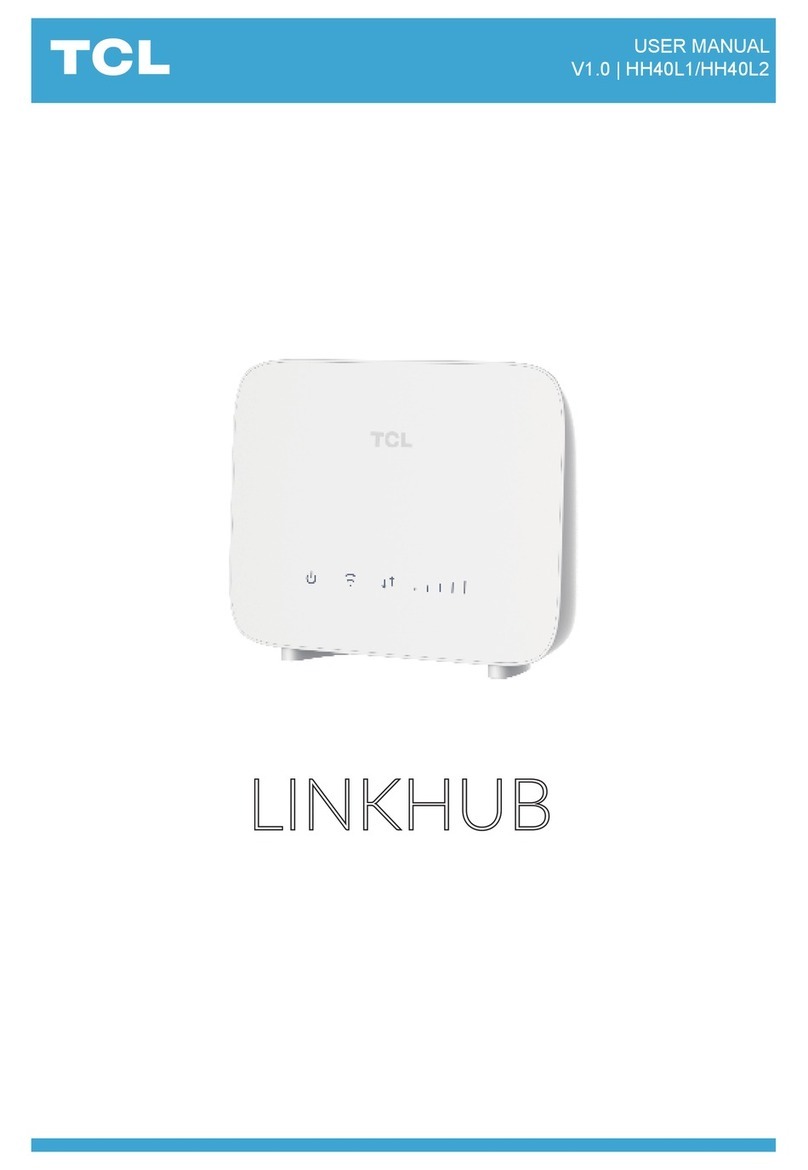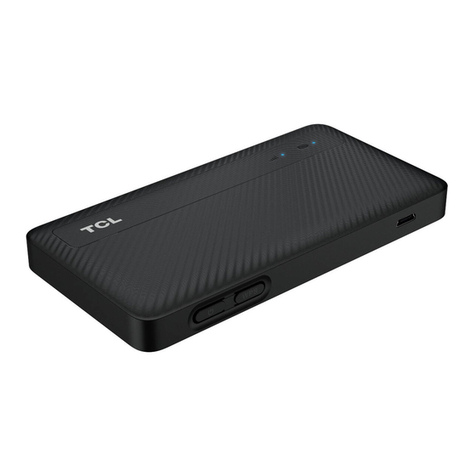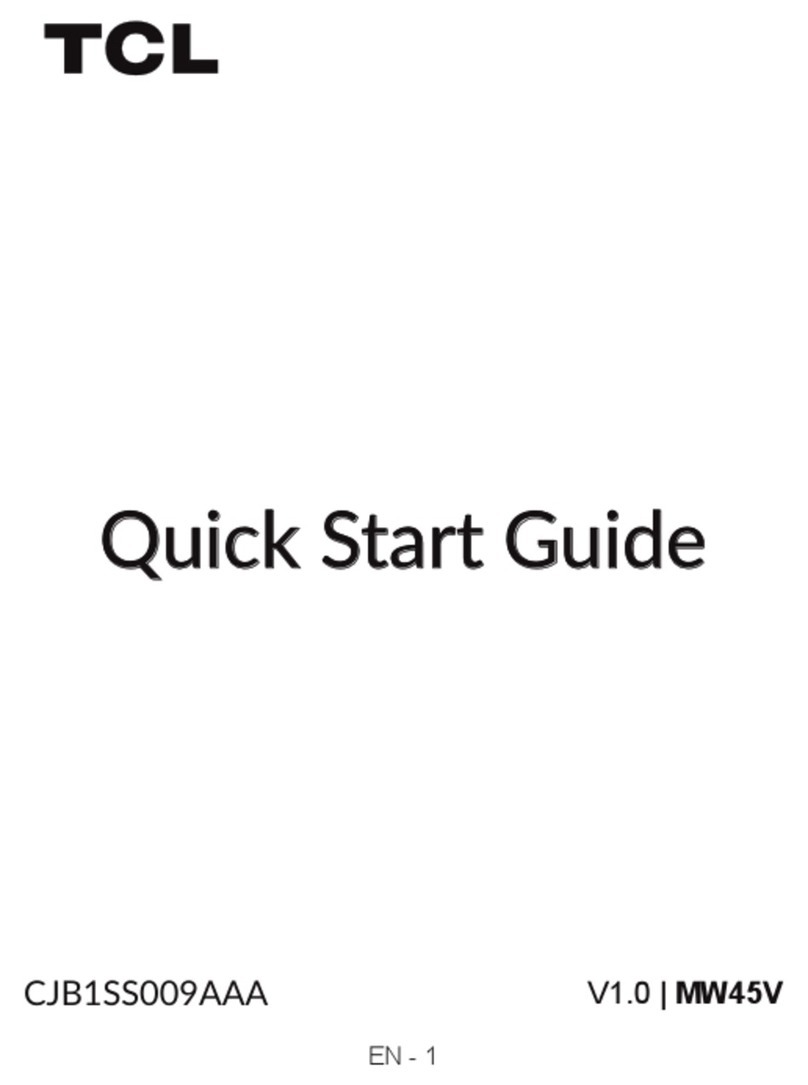
contents
Please read this article first........................................ ................................................................. ..................................iii
Chapter 1 Getting to know your CPE........................................ ................................................................. ........................... 1
1.1 System requirements................................................ ................................................................. ................................................................. 1
1.2 Overview................................................ ................................................................. ................................................................. ........ 1
Chapter 2 Getting started with your CPE ........................................ ................................................................. ............. 3
2.1 Insert SIM card................................................ ................................................................. ............................................. 3
2.2 Find an ideal location................................................ ................................................................. .............................3
2.3 Access to CPE network........................................ ................................................................. ................................................. 4
2.4 Using the phone function................................................ ................................................................. ....................................5
Chapter 3 Accessing the Web User Interface........................................ ................................................................. .............6
3.1 Log in to the web user interface................................................ ................................................................. .............................6
3.2 Exploring the features of the web user interface................................ ................................................................. .............6
Chapter 4 Configuring your CPE................................................ ................................................................. ........................... 8
4.1 Home page................................................ ................................................................. ................................................................. ........ 8
4.2 Status................................................ ................................................................. ................................................................. ....... 9
4.3 Services................................................................ ................................................................. ................................................................. ....... 9
4.4 Settings................................................ ................................................................. ................................................................. ..... 10
4.5 System...................................................... ................................................................. ................................................................. ..... 14
IMPORTANT SAFETY INFORMATION................................................ ................................................................. ............................. 16
IMPORTANT SAFETY INSTRUCTIONS................................................ ................................................................. .................................... 16
Medical device interference........................................ ................................................................. .................................... 16
Power transformer................................................ ................................................................. ................................................. 16
Operating temperature................................................ ................................................................. ................................................................. ... 16
Compliance Information................................................ ................................................................. .................................................17
Electromagnetic fields (EMF)................................................ ................................................................. ................................................. 17
Complies with European Union (EU) regulations........................................ ................................................................. .............................17
Disposal and recycling information................................................ ................................................................. ........................................ 17
Troubleshooting................................................ ................................................................. .................................................18
ii






